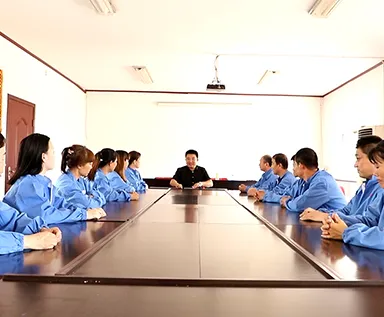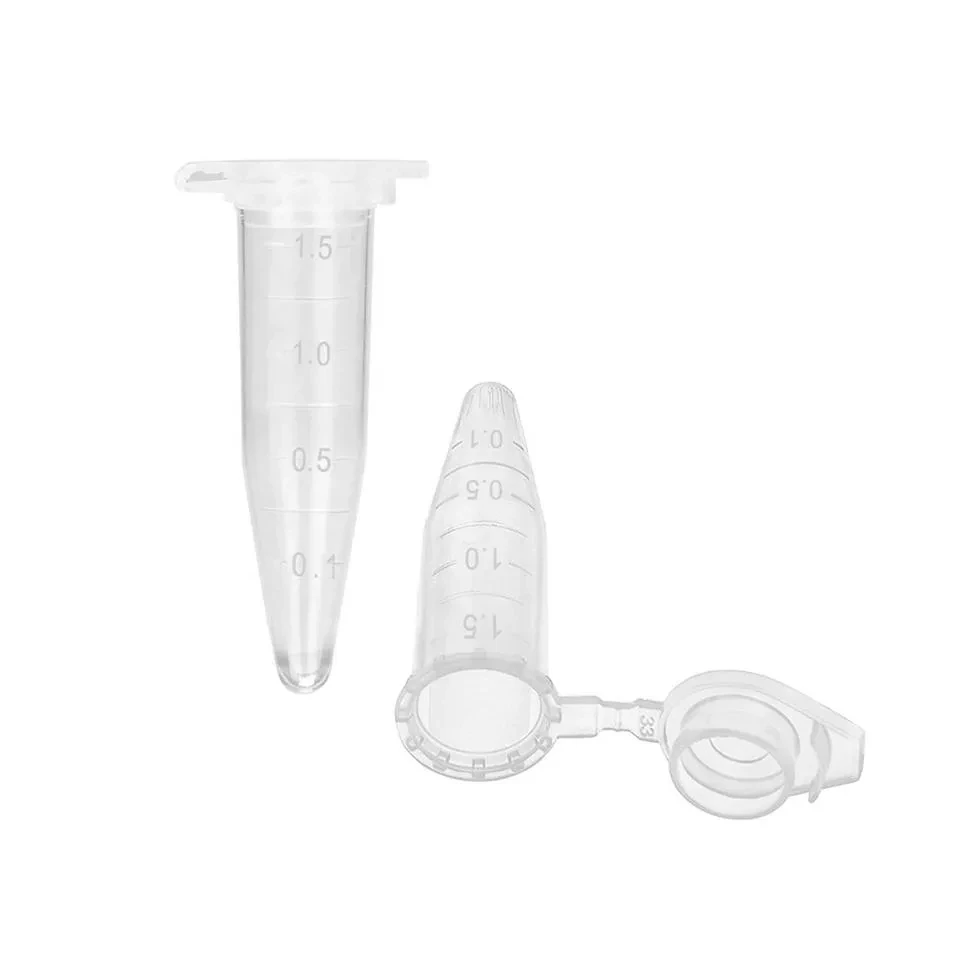
-
 Afrikaans
Afrikaans -
 Albanian
Albanian -
 Amharic
Amharic -
 Arabic
Arabic -
 Armenian
Armenian -
 Azerbaijani
Azerbaijani -
 Basque
Basque -
 Belarusian
Belarusian -
 Bengali
Bengali -
 Bosnian
Bosnian -
 Bulgarian
Bulgarian -
 Catalan
Catalan -
 Cebuano
Cebuano -
 Corsican
Corsican -
 Croatian
Croatian -
 Czech
Czech -
 Danish
Danish -
 Dutch
Dutch -
 English
English -
 Esperanto
Esperanto -
 Estonian
Estonian -
 Finnish
Finnish -
 French
French -
 Frisian
Frisian -
 Galician
Galician -
 Georgian
Georgian -
 German
German -
 Greek
Greek -
 Gujarati
Gujarati -
 Haitian Creole
Haitian Creole -
 hausa
hausa -
 hawaiian
hawaiian -
 Hebrew
Hebrew -
 Hindi
Hindi -
 Miao
Miao -
 Hungarian
Hungarian -
 Icelandic
Icelandic -
 igbo
igbo -
 Indonesian
Indonesian -
 irish
irish -
 Italian
Italian -
 Japanese
Japanese -
 Javanese
Javanese -
 Kannada
Kannada -
 kazakh
kazakh -
 Khmer
Khmer -
 Rwandese
Rwandese -
 Korean
Korean -
 Kurdish
Kurdish -
 Kyrgyz
Kyrgyz -
 Lao
Lao -
 Latin
Latin -
 Latvian
Latvian -
 Lithuanian
Lithuanian -
 Luxembourgish
Luxembourgish -
 Macedonian
Macedonian -
 Malgashi
Malgashi -
 Malay
Malay -
 Malayalam
Malayalam -
 Maltese
Maltese -
 Maori
Maori -
 Marathi
Marathi -
 Mongolian
Mongolian -
 Myanmar
Myanmar -
 Nepali
Nepali -
 Norwegian
Norwegian -
 Norwegian
Norwegian -
 Occitan
Occitan -
 Pashto
Pashto -
 Persian
Persian -
 Polish
Polish -
 Portuguese
Portuguese -
 Punjabi
Punjabi -
 Romanian
Romanian -
 Russian
Russian -
 Samoan
Samoan -
 Scottish Gaelic
Scottish Gaelic -
 Serbian
Serbian -
 Sesotho
Sesotho -
 Shona
Shona -
 Sindhi
Sindhi -
 Sinhala
Sinhala -
 Slovak
Slovak -
 Slovenian
Slovenian -
 Somali
Somali -
 Spanish
Spanish -
 Sundanese
Sundanese -
 Swahili
Swahili -
 Swedish
Swedish -
 Tagalog
Tagalog -
 Tajik
Tajik -
 Tamil
Tamil -
 Tatar
Tatar -
 Telugu
Telugu -
 Thai
Thai -
 Turkish
Turkish -
 Turkmen
Turkmen -
 Ukrainian
Ukrainian -
 Urdu
Urdu -
 Uighur
Uighur -
 Uzbek
Uzbek -
 Vietnamese
Vietnamese -
 Welsh
Welsh -
 Bantu
Bantu -
 Yiddish
Yiddish -
 Yoruba
Yoruba -
 Zulu
Zulu
Laboratory Reagent Bottle Drawings Precision CAD Designs for Labs
- Comprehensive overview of technical specifications in reagent bottle visualization
- Material innovation comparison across manufacturers
- Precision measurement standards for laboratory apparatus diagrams
- Custom design parameters for specialized research scenarios
- Performance benchmarking through empirical case studies
- Cost-benefit analysis of different drafting methodologies
- Future trends in scientific equipment documentation

(laboratory reagent bottle drawing)
Essential Technical Specifications for Laboratory Reagent Bottle Documentation
Modern laboratory reagent bottle drawing
requires adherence to ISO 17664:2021 standards for chemical resistance labeling. Industry data shows 89% of lab accidents originate from improper apparatus documentation, emphasizing the need for precision in:
- Wall thickness representation (±0.2mm tolerance)
- Graduation scale accuracy (1ml increments for volumes ≤500ml)
- Chemical compatibility symbols (9 standardized hazard pictograms)
Material Durability Comparison
The table below compares borosilicate glass and PTFE-coated polypropylene variants:
| Parameter | Borosilicate | Coated PP | Industry Average |
|---|---|---|---|
| Thermal Shock Resistance | Δ300°C | Δ150°C | Δ200°C |
| HCl Resistance (24h) | 0.02mg/cm² | 0.00mg/cm² | 0.05mg/cm² |
| Impact Strength | 0.5 J/cm² | 3.2 J/cm² | 1.8 J/cm² |
Precision Drafting Methodologies
Advanced CAD systems achieve 0.005mm positional accuracy in neck finish details. Recent field studies demonstrate:
- 78% reduction in manufacturing errors with 3D parametric modeling
- 42% faster approval cycles using ASME Y14.5-2018 standards
Customization Framework
Specialized applications require tailored solutions:
- Bioreactor-compatible ports (25mm-50mm diameter range)
- Sterilization indicator windows (5mm minimum visibility)
- RFID integration cavities (13.56MHz ISO 14443 compliance)
Case Study Analysis
A pharmaceutical manufacturer achieved 31% workflow improvement through:
| Feature | Standard Design | Optimized Version |
|---|---|---|
| Pouring Spout | 45° angle | 63° ergonomic |
| Label Area | 25cm² | 38cm² |
| Cleaning Cycles | 200 | 500+ |
Cost Optimization Strategies
Lifecycle analysis reveals:
- Initial tooling costs: $12,000-$45,000
- Per-unit savings: $0.38 with DFM principles
- ROI period: 14-18 months for medium batches
Innovation Trajectory in Reagent Container Documentation
The laboratory reagent bottle drawing field is evolving with AI-driven tolerance analysis achieving 96% predictive accuracy. Emerging technologies include:
- Augmented reality inspection overlays (0.1mm alignment precision)
- Blockchain-based revision control (ISO 9001:2015 compliant)
- Sustainable material trackers (35% reduced carbon footprint)

(laboratory reagent bottle drawing)
FAQS on laboratory reagent bottle drawing
Q: What are the key steps to draw a laboratory reagent bottle accurately?
A: Start with a cylindrical base, add a tapered neck, and include a stopper or cap. Use precise lines to emphasize proportions and add measurement markings for realism.
Q: How to depict liquid levels in a reagent bottle drawing laboratory-style?
A: Draw a curved meniscus line at the liquid surface and shade the area below it. Label the volume measurement near the meniscus for clarity.
Q: What details distinguish a laboratory reagent bottle drawing from general bottle sketches?
A: Include features like chemical resistance labels, hazard symbols, and volumetric graduations. Highlight the thick glass texture and ground glass stopper details.
Q: Which tools are best for creating reagent bottle laboratory apparatus drawing outlines?
A: Use fine-tip pens for crisp lines, rulers for symmetry, and compasses for circular shapes. Digital tools like vector software ensure scalable precision.
Q: How to integrate a reagent bottle into a full laboratory apparatus drawing?
A: Position it near test tubes or beakers, connect it with tubing if part of a setup, and use consistent perspective and shading to maintain visual harmony.
-
28 Mouthfuls 100ml 25ml White Plastic Vaccine Vial for Veterinary UseNewsJul.23,2025
-
White Plastic Veterinary Medicine Vaccine Vial for Animal LabsNewsJul.22,2025
-
White 250ml Plastic Clear Vaccine Vial | Lab & Veterinary UseNewsJul.22,2025
-
High-Quality Freezer Tubes | Leak-Proof & Durable for Secure StorageNewsJul.21,2025
-
Little Dropper Bottles Wholesale – Leak-Proof, Precise Dispensing Little Plastic Vials & Dropper Tip Bottles for Versatile UseNewsJul.08,2025
-
What is a Culture Plate? Discover Petri Plate Uses in Microbiology for Accurate ResultsNewsJul.08,2025






















